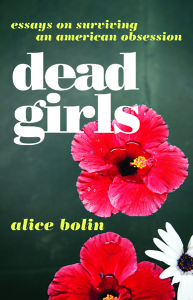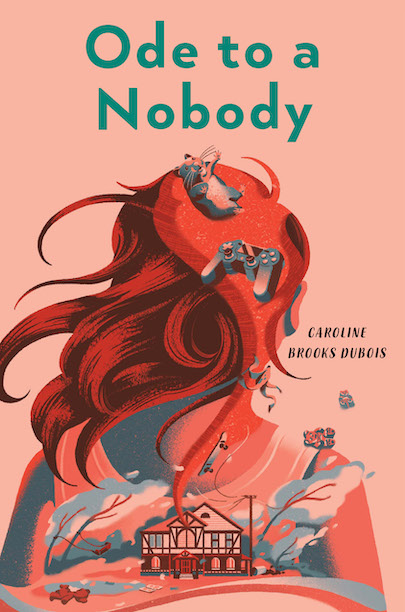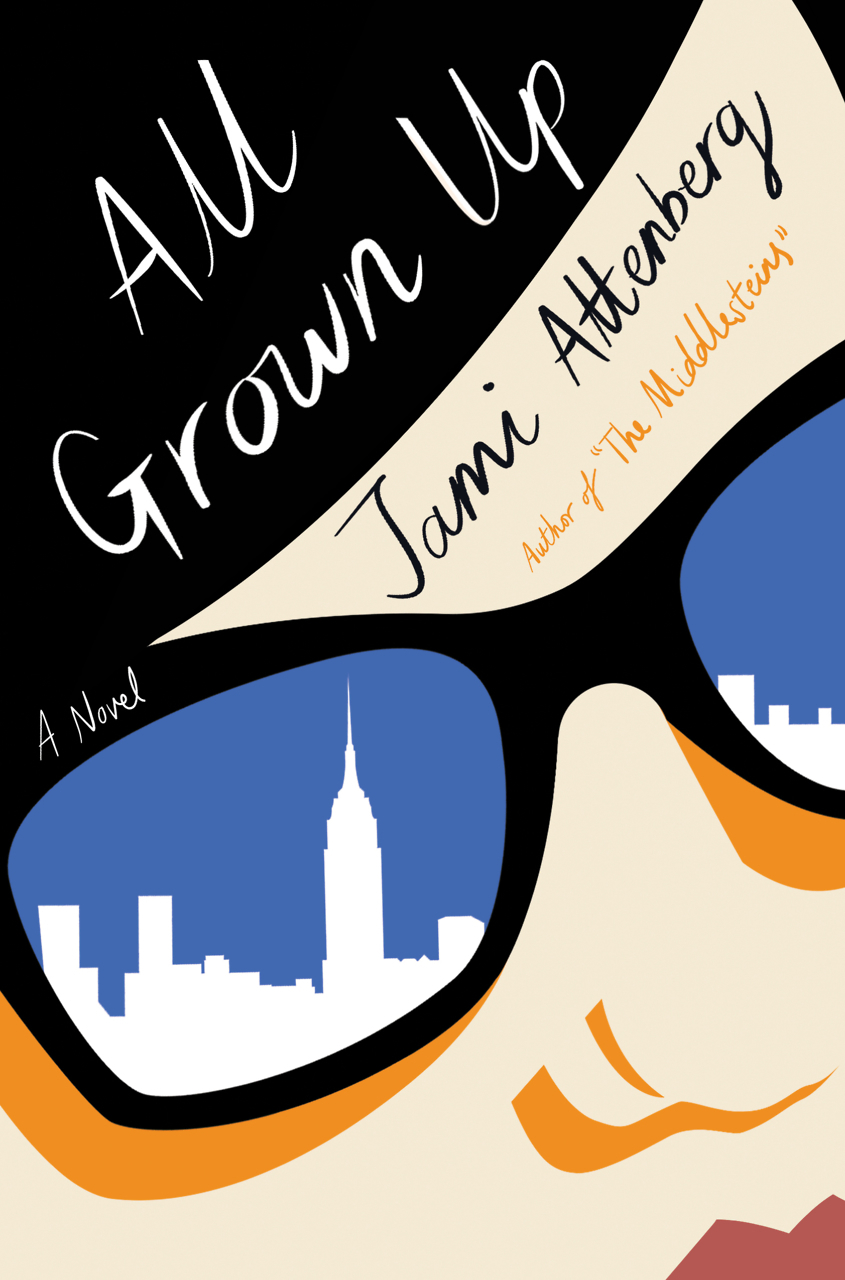Confessions of a Fangirl
With Dead Girls, Alice Bolin navigates fantasy and reality in pop culture and beyond
Dead Girls, the debut essay collection by Memphis nonfiction writer Alice Bolin, trains a feminist lens on a diverse array of cultural and artistic works. From Twin Peaks to Pretty Little Liars, Phillip Marlowe to Stieg Larsson, Joan Didion to Britney Spears, Shirley Jackson to The Big Lebowski, Bolin grapples with an enduring question: what do we learn from pop culture about how to be women and, more complicatedly, how to be men who respect women?

Bolin, whose work has appeared in Elle, the Los Angeles Review of Books, and Paris Review Daily, among other places, finds a jumping-off point in what she calls the Dead Girl Show, a cultural fixation on narratives about murdered women that plays across genres. “In the Dead Girl Show,” writes Bolin, “the girl body is both a wellspring of and a target for sexual wickedness.”
Dead Girls are wild and vulnerable. Their absence fills their hometowns with both despair and sexual energy. The sinister fact underlying these narratives is that Dead Girls don’t even play the leading role in their own deaths—they’re simply a narrative device that allows the men who would save them to be vulnerable. The Dead Girl’s body, in other words, “is a neutral arena on which to work out male problems.”
Thus, the flip side of Twin Peaks’ dark, sexy Laura Palmer is not her boyfriend, Bobby Briggs, or even her secret boyfriend, James Hurley. It’s Special Agent Dale Cooper, the investigator who sacrifices his own soul in pursuit of her killer and then travels into another dimension to rescue her twenty-five years after her death. The inverse of Laura’s darkness is Special Agent Dale Cooper’s innocence, and her body is the battlefield on which he performs his own sorrowful war dance.
 Notably, Bolin doesn’t deliver her missives in a way that’s shaming. In fact, where Dead Girls is most moving is when it describes the way Bolin and her loved ones navigate art and pop culture, even at their own expense. Bolin and her best friend in college compulsively watched the teen-werewolf movie Ginger Snap, the unhealthy codependency of the protagonist sisters mirroring Bolin’s relationship with her friend.
Notably, Bolin doesn’t deliver her missives in a way that’s shaming. In fact, where Dead Girls is most moving is when it describes the way Bolin and her loved ones navigate art and pop culture, even at their own expense. Bolin and her best friend in college compulsively watched the teen-werewolf movie Ginger Snap, the unhealthy codependency of the protagonist sisters mirroring Bolin’s relationship with her friend.
Despite Bolin’s sharp criticisms of Stieg Larsson’s The Girl with the Dragon Tattoo books, she finds her father’s love of the books, and even his “abiding love for any book, movie, or show with sexy parts,” problematic but charming. She sees Larsson as exploiting the worst of the Dead Girl trope: “that women are problems to be solved, and the problem of absence, a disappearance or a murder, is generally easier to deal with than the problem of a woman’s presence.”
Dead Girls‘s second subject is the city of Los Angeles. Believing Joan Didion’s seductive description of the city, Bolin moved there after college. This part of her story feeds into another cultural preoccupation: the American West as the great unknown, where people act unpredictably, and lawlessness is law. The hard drinking, trigger-happy Western stereotype may be passé, but the region still captures the contemporary imagination as a place of rejuvenation, where one can start over and build a brand-new life.
But that the city is hard on dreamers. The connection Bolin draws between L.A. and the Dead Girl Show isn’t clear until midway through the collection, but it’s worth the wait. Our cultural obsession with the Dead Girl is based on an impulse to explain something that’s beyond understanding—that 73 percent of sexual assaults are committed by someone the victim knows, and seven percent are committed by family members. “For better or for worse,” Bolin writes, “narrative is a tool that the system uses to deliver justice,” and the cheapness of these narratives is akin to the glitzy promise of Hollywood.
Bolin’s writing is great fun, but you have to be willing to follow her down some sand dunes. What may initially come across as tangents weave together with her themes—eventually. A familiarity with the texts she analyzes isn’t necessary—she provides enough summary to contextualize her points-but an acquaintance with Didion, Baldwin, Brittany Spears and other characters from high and low culture will make for a more compelling read.
Bolin’s honesty is a chief reward of this book, as when she admits that teenage depression made her feel unique and brilliant, and when she admits that the Dead Girl syndrome is even more disempowering for women of color. More than anything, Dead Girls is a book about fantasy and reality—and where we find ourselves when neither measures up.

Erica Ciccarone is an independent writer living in Nashville. She holds an M.F.A. from the New School and contributes regularly to several print and online publications and to Nashville Public Radio. .


